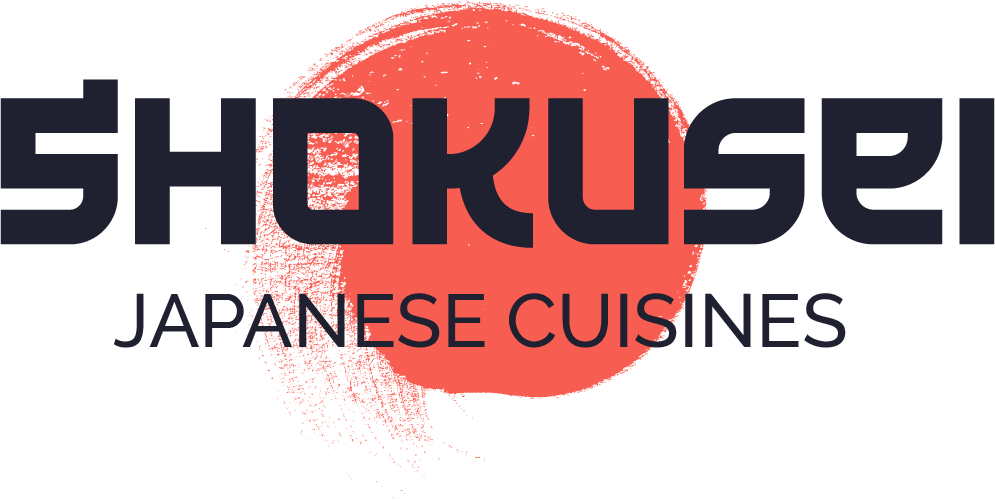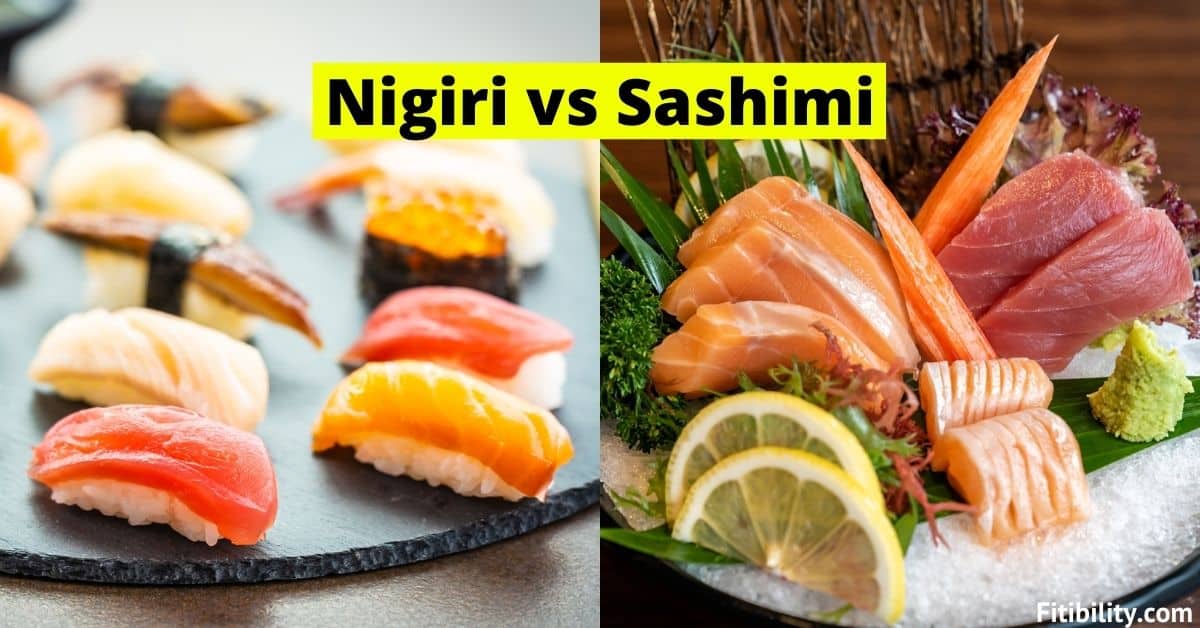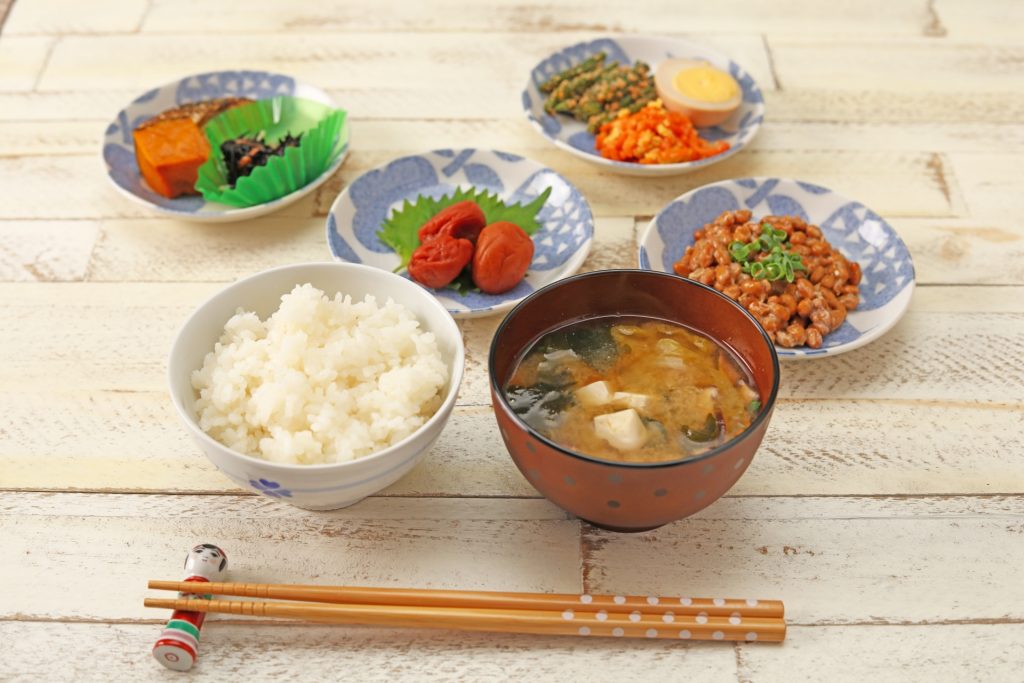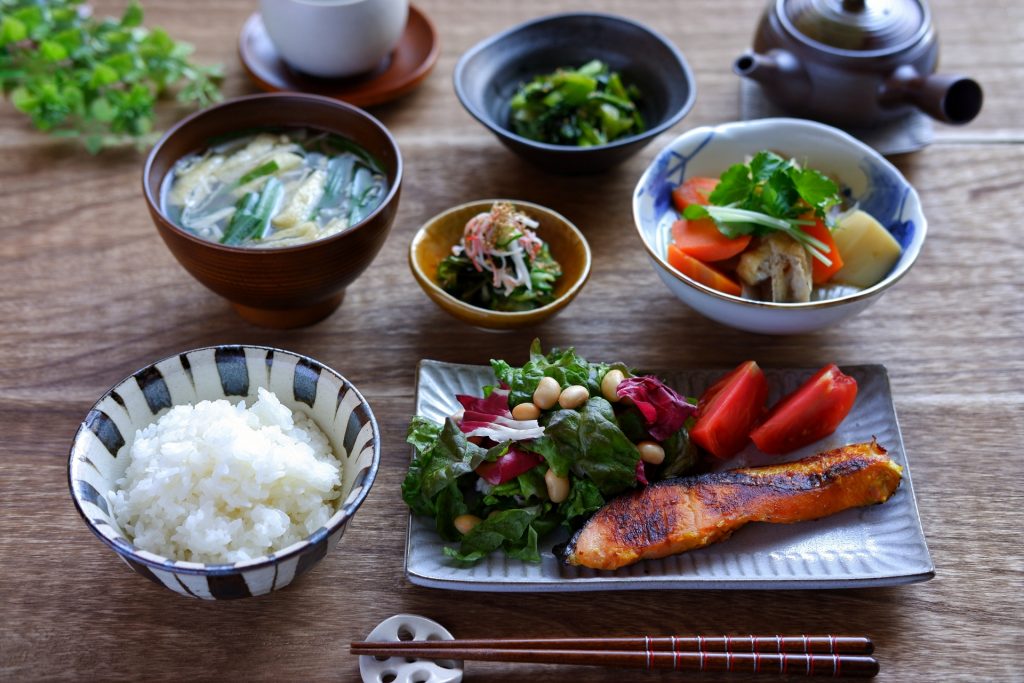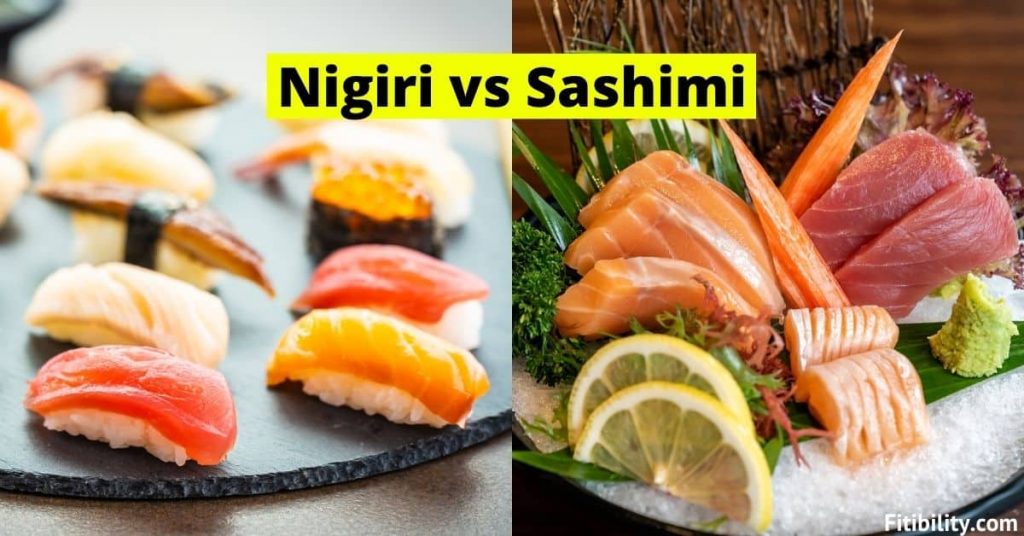Sashimi is meat only; no other ingredients are used.
In addition to rice and additional components, such as vegetables, sushi also includes meat that is rolled up in a sheet of nori (seaweed) and cut into bite-sized pieces. You’ll either see it as maki (which means roll), where the rice is on the outside and the seaweed is on the inside, as uramaki, where the rice is on the outside and the seaweed is on the inside, or as temaki, a hand-rolled sushi roll that has the shape of a cone. A meal called nigiri falls between between sashimi and sushi. Sashimi is presented as nigiri, a rectangle of rice that has been shaped. Last but not least, some sashimi is not raw and some sashimi is not fish, even though most sashimi is raw fish. Unagi, for instance, is cooked freshwater eel, and you will find that sashimi also includes various kinds of seafood.
Healthy Sushi: Best and Worst
Know Your Sushi
In its broadest sense, this Japanese staple is vinegared rice, which comes in a variety of shapes and flavours. It frequently includes uncooked fish. Real healthy eating is possible if you approach it correctly.
Rice Is Just the Start
Here, the rice is the major character. Brown is superior to white nutritionally (higher in fiber). But the other elements in sushi are truly what make it. Sashimi typically refers to thinly sliced, raw seafood, such as eel, octopus, tuna, salmon, and swordfish. It is technically sashimi if the fish is served alone. But when combined with vinegared rice, you get sushi.
Good: salmon
Salmon, one of the meals highest in omega-3 fatty acids, is a terrific option for sushi rolls, as well as on top of a small amount of hand-pressed rice (nigiri sushi). But you have to be careful with the sauces and things. They can increase the calories and fat.
Good: Tuna
Tuna is a common ingredient for sushi and is a strong source of omega-3s when served on top or inside a roll. Although bigeye tuna, for instance, can contain high levels of mercury, a serving per week is safe for everyone, including expectant mothers and young children. Tuna rolls with heat? Be cautious. Keep in mind that extras like sauces might increase fat and calorie intake.
Good: Avocado
Avocado is frequently included in popular sushi rolls along with fish, veggies, and rice (and nori, the seaweed wrapper used for sushi). Avocado is a food powerhouse that is rich in fibre and heart-healthy fats. Your kidneys, heart, and nerves may all benefit from this.
Good: Vegetarian/Veggie Roll
Fish is not a requirement for sushi. Vegetarian and commonly accessible in supermarkets and sushi restaurants, vegetable rolls (composed of ingredients such as avocado, cucumber, carrot, mushroom, onion, asparagus, and tofu) are a good option for people who avoid seafood or who are vegetarians. By the way, pickled ginger is a typical side dish for sushi. Between bites, it is supposed to clear the palette.
Good: California Roll
The California roll is a traditional sushi roll comprised of rice, nori, avocado, cucumber, and “crab” (usually surimi, or imitation crab, made of pollock, egg whites, sugar, and other stuff). It is occasionally served as uramaki (with the rice on the outside and the nori and ingredients on the inside). If you stay away from high-calorie, fatty, mayonnaise-like dips and sauces, a California roll is usually acceptable.
Good: Rainbow Roll
This is the sushi equivalent of Mount Everest; it may contain crab (often imitation), salmon, shrimp, at least one type of tuna, and occasionally additional seafood. A California roll with all the fish on top is typical. It contains a lot of protein and is fatty, but it contains beneficial fats thanks to the avocado and all the fish. Nevertheless, limit your consumption.
Not Good: Philadelphia Roll
One of the sushi creations that can lead you to believe it is healthful is the Philly roll. It isn’t. Cream cheese, which has minimal nutritional value and is heavy in saturated fats and cholesterol, is one of the key ingredients. Even while many Philly rolls have healthful ingredients like salmon or avocado, it is definitely best to avoid them unless they are made with low-fat cream cheese.
not good: Shrimp Tempura
Shrimp can be a source of protein and, to many people, it tastes good, but it doesn’t have nearly the nutritional value of, say, salmon (lower in many vitamins and minerals, higher in salt). But stay clear from tempura. That is a method of deep-frying and battering the shrimp. (Vegetables are also used.) Fat and calories may be added.
Not Good: Swordfish
Sushi is often served with swordfish, which is known as mekajiki in Japan for its solid, meaty flesh. Unfortunately, due to possibly high mercury levels, swordfish is listed on the FDA’s list of fish that young children, pregnant women, and women who may become pregnant or are nursing should avoid eating.
Not Good: Shark
Sharks are affected by mercury in the same way that swordfish are. King mackerel and marlin are also present. The effects of one serving are minimal. Children and many women should still stay away.
Iffy: Mackerel
Mackerel, sometimes referred to as saba in Japan, is a heart-healthy fish that is rich in protein, omega-3 fatty acids, and other nutrients. It’s a fantastic option for sushi. However, be careful: King mackerel is on the list of fish to avoid due to its possibly high mercury levels, although Atlantic mackerel is on the FDA’s list of recommended options. Understand the offering.
Not Good: Marlin
Nairagi is a type of raw fish that is prized in Japan for use in sashimi, sushi, and a dish called poke. However, questions remain over its mercury content. Marlin is one of the fish that the FDA recommends pregnant, nursing, and small children avoid eating. Others may consume it, but use caution and only in small amounts.
Not Good: Dragon Roll
There is a lot of sushi available, and with a little practise, you can create your own delicious, healthful creations. Most likely, the dragon roll shouldn’t be included. Unagi, or eel, is a component that is rich in protein, omega-3 fatty acids, and vitamins A, B12, and D. But a calorie-dense sauce frequently accompanies dragon rolls. Unagi is also in risk. Simply avoid it.

